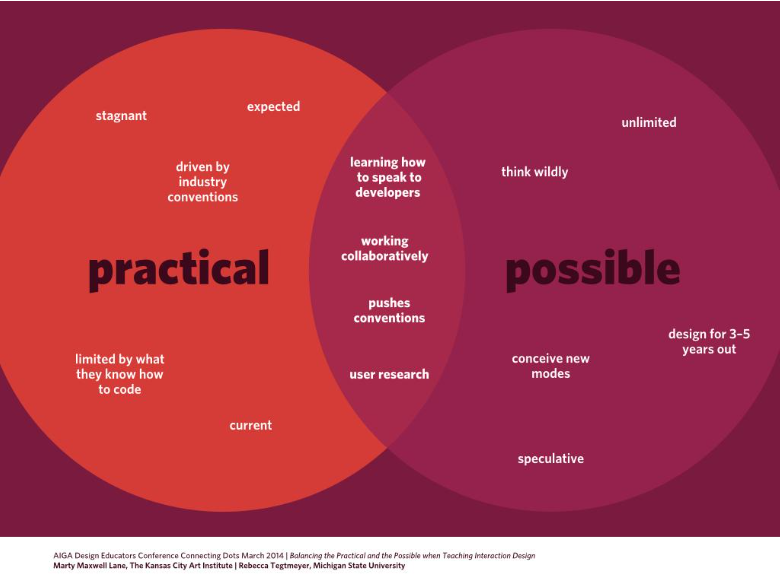
February 25, 2025
In the digital world,
you have to balance the art of the possible with the demands of the practical

How good is your organization at moving from “either/or” to “both/and”?
The unprecedented acceleration of disruption to legacy systems and processes from AI, GenAI, and Agentic AI has forced C-Suite leaders across all industries to make a series of trade-off decisions. What percentage of the company’s scarce resources and budgets should go to stabilizing and securing its systems of record vs. building and deploying its new systems of engagement and systems of intelligence?
In too many cases, these decisions are made on an “either/or” basis not a “both/and” basis which is a death knell to successful new innovations and undermines building a culture of creativity and collaboration. The solution is to find the right balance between running the business you have and growing the business you want.
To effectively compete as a digital enterprise requires new ways of discovering a path to “both/and”

The recent emergence of GenAI and Agentic AI as both a productivity tool and a source of new innovations has put a premium on how senior leaders prioritize their investments between more efficient business operations and increased business value.
According to the AI Priorities Study from CIO.com, over 66% of IT leaders have focused their AI investments on employee productivity while less than 40% are using it to expand revenue opportunities or increase the speed of development.
While GenAI and Agentic AI have shown early promise in improving employee productivity, they have also caused increased fear and concern among employees that many of their jobs will be displaced by the fast-advancing, new technology. Early evidence suggests that IT leaders’ AI priorities emphasize productivity over innovation. This is a very critical area where “both/and” must take precedence over “either/or” as AI is not just about doing the same work faster but about finding entirely new ways of working.
A good case in point is Patrick Richards, CIO of Motive, a fleet management company who has given the company’s employees agentic platforms and said, “show us the most innovative thing you can dream of that improves productivity of your role or your team.”
Data quality, accessibility and governance are the most critical foundational investments to any viable enterprise AI strategy. This data primarily resides in the company’s systems of record which therefore must be stable, secure, and reliable.
Recent surveys have documented how the majority of GenAI pilots over the past two years have failed to achieve their desired outcomes and ROI. The primary cause of these failures is:
- Lack of sufficient quantity of data – GenAI needs good, accessible data to be trained and learn from it
- Lack of sufficient quality of data – as the adage goes “garbage in, garbage out”
90% of enterprises say integration of GenAI and Agentic AI with organization data is critical to success but 86% say they’ll need to upgrade their existing systems of record tech stack to successfully deploy them.
Balancing short-term gains vs. long-term growth

In a time of unprecedented change and disruption, it is easy to focus solely on short-term problems. To try to preserve what you have, and survive to fight another day. The big “aha” moment for senior leaders occurs when they realize that short-term performance consumes long-term growth. This means that if a company continues to overweight investments in its current business to deliver short-term performance, it will eventually liquidate the company’s long-term power to grow.
To avoid this trap, senior leaders must find the right balance between funding the businesses they have and making material enough investments in next generation products, services, and businesses that will drive long-term growth.
In the case of AI, GenAI, and Agentic AI, the primary need is to develop and implement an enterprise strategy that delivers both short-term operating and productivity improvements to your systems of record while also developing and deploying innovative new systems of engagement and systems of intelligence.
The unlimited innovation possibilities of AI vs. the practical realities of integration, security, and compliance

79% of executives surveyed by Deloitte expect generative AI to drive substantial transformation within their organization and industry over the next three years. From improved operating efficiency and employee productivity to more personalized ways to engage their customers, the art of the possible seems virtually unlimited.
However, to achieve those transformative outcomes requires companies to modernize their legacy systems of record to seamlessly connect with their new systems of engagement and systems of intelligence. This revamped and repurposed operating model must be stable, secure, and in compliance with industry guidelines and standards.
In order to successfully integrate GenAI and AI agents into a company’s infrastructure, that infrastructure must be brought up to modern standards. In addition, because AI requires access to multiple data sources, there are data integration hurdles and the complexities of ensuring security and compliance.
What successful leaders are doing to find the right balance

In my work with true transformational leaders, I’ve seen first-hand what they are doing to find the right balance between the art of the possible vs. the demands of the practical.
- They know the right balance between dealing with current developments and getting out in front of future developments.
- They seize the narrative at the outset, being very clear about what is known, what is not known, and what needs to be done to learn more.
- They recognize that disruptive changes are ruled by unfamiliarity and uncertainty and require decisions and responses that are largely improvised.
- They promote an environment of “psychological safety” that allows people to openly discuss ideas, questions, and concerns without fear of repercussions.
- They distribute decision making authority and information sharing.
- They mobilize their organizations by setting clear priorities and empowering others to discover and implement solutions to achieving those priorities.
- They unify cross-functional teams behind mission critical outcomes and realign incentives for them to achieve those outcomes.
A good use case in finding the right balance comes from Georgia Pacific, a manufacturer and distributor of pulp and paper products. Under the leadership of Michael Carrol, VP of Transformation and Rob Norris, Director of Innovation, their team “created a more seamless order management process that helped navigate the complexities of a myriad of individual orders received every minute, hour, and day with unparalleled precision.”
Their concept of causal AI enabled near real-time pattern and anomaly detection and proactively managed order errors and discrepancies using cause-and-effect AI solutions to intervene when the system could not independently provide a solution. The semi-autonomous, human-in-the-loop solution preserved both human and machine-mediated workflows to achieve high business value outcomes in intensely complex processes.
The successful outcome was achieved by a combination of incremental investments, a deep understanding of business processes, systems and data stores, and a balance between human and machine-mediated problem-solving.
The stakes have never been higher for companies to find the right balance between the possible and the practical. The continuous waves of organizational and operating disruptions brought by new digital technologies are redefining the ground rules for success.
|



